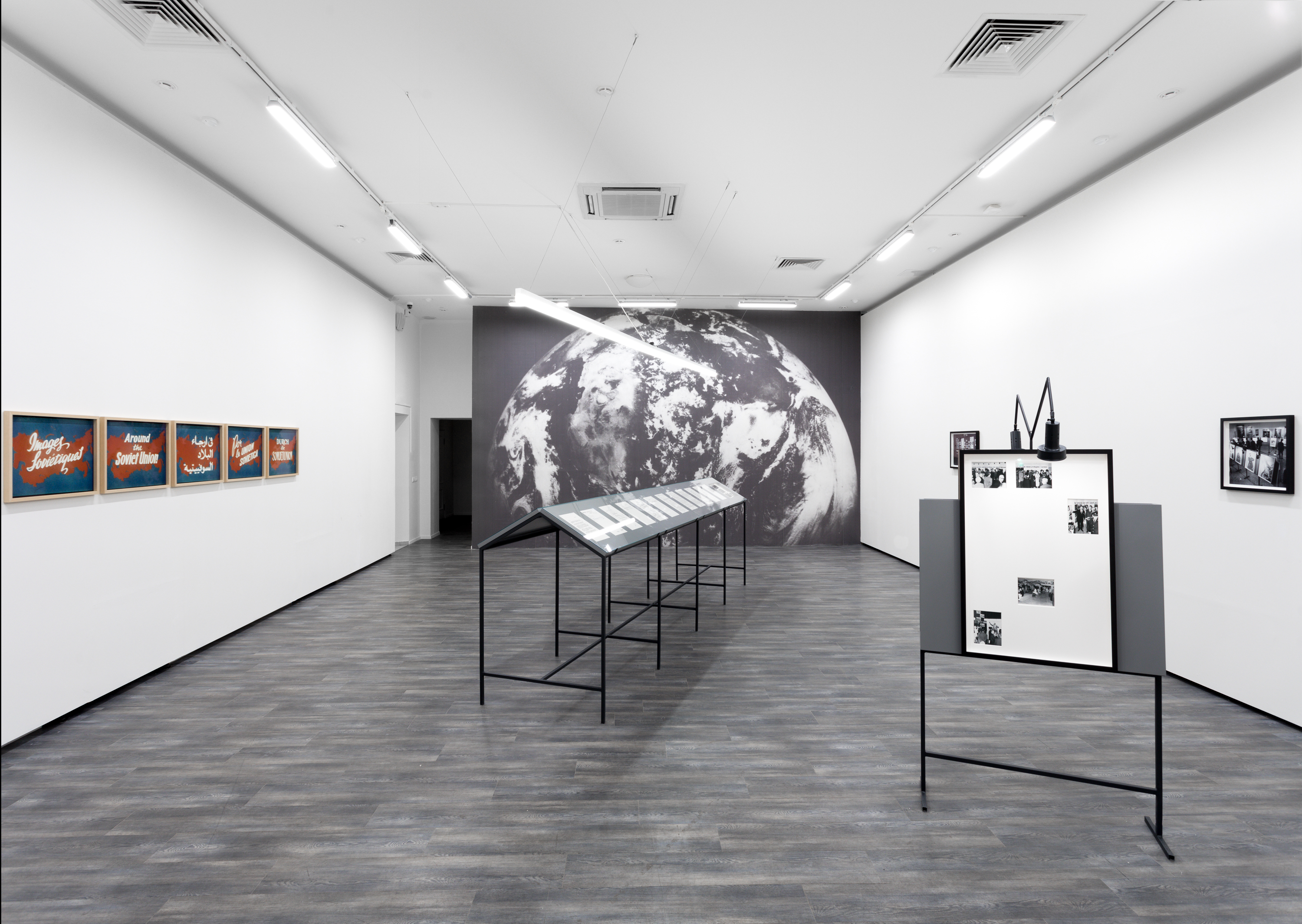
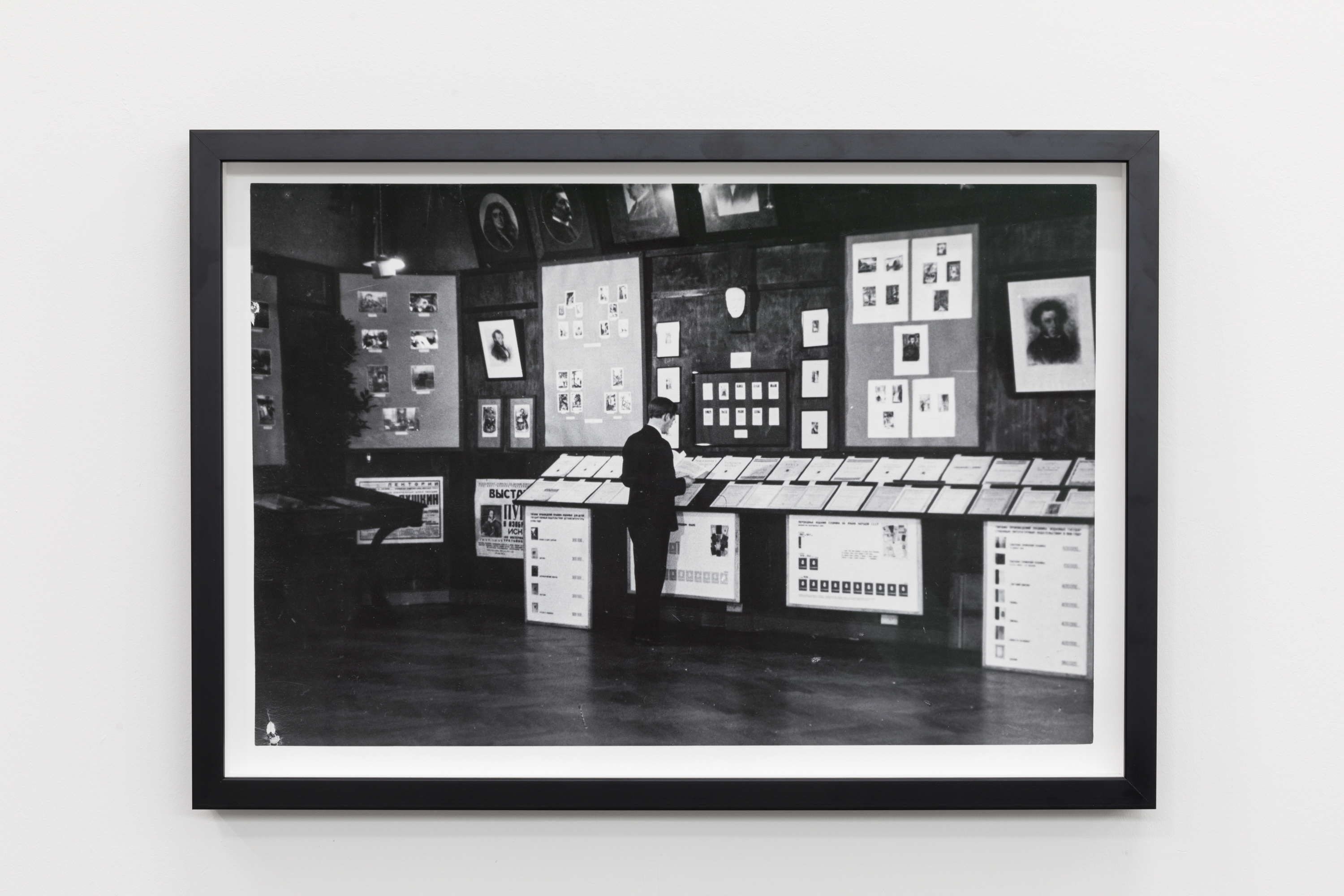
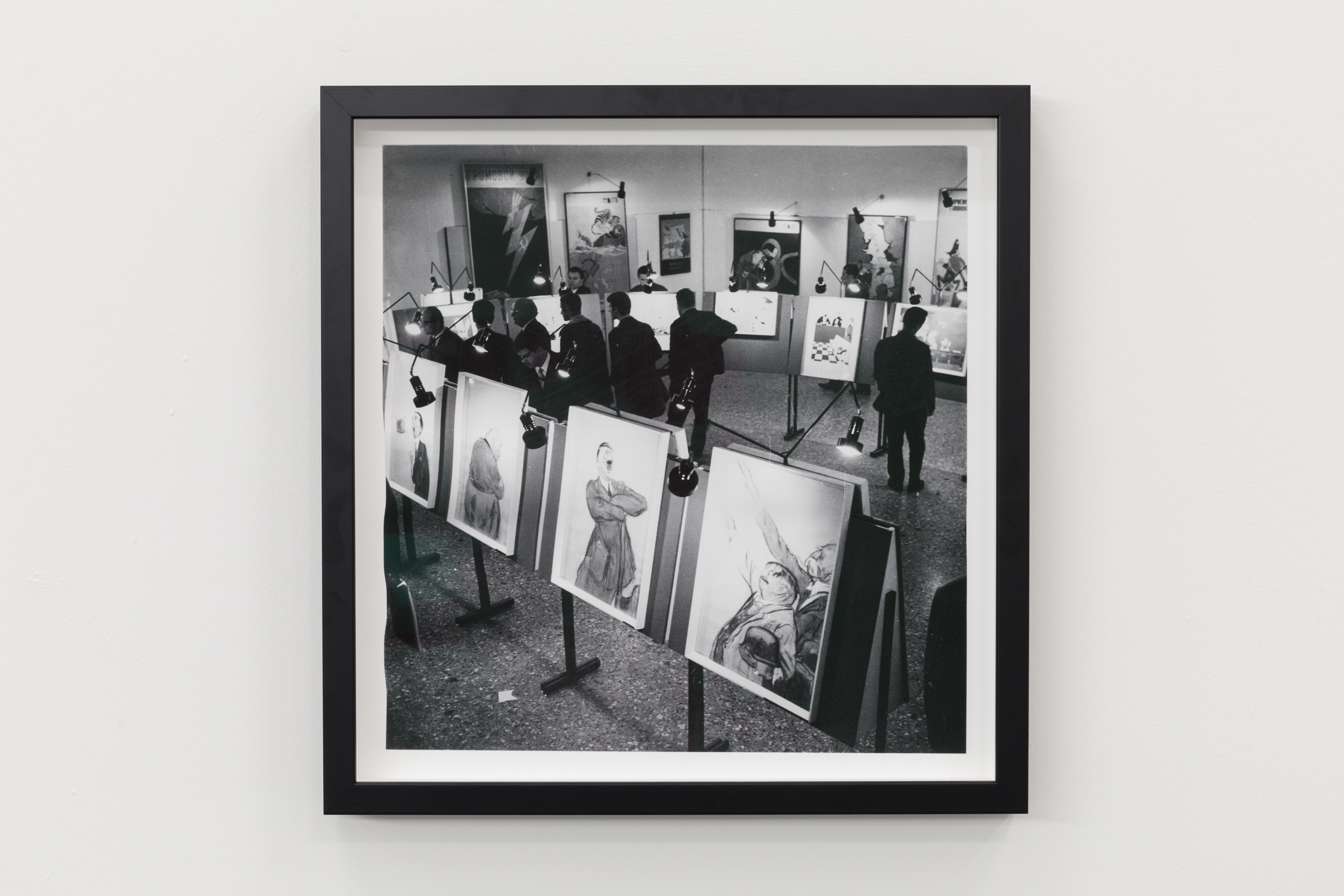


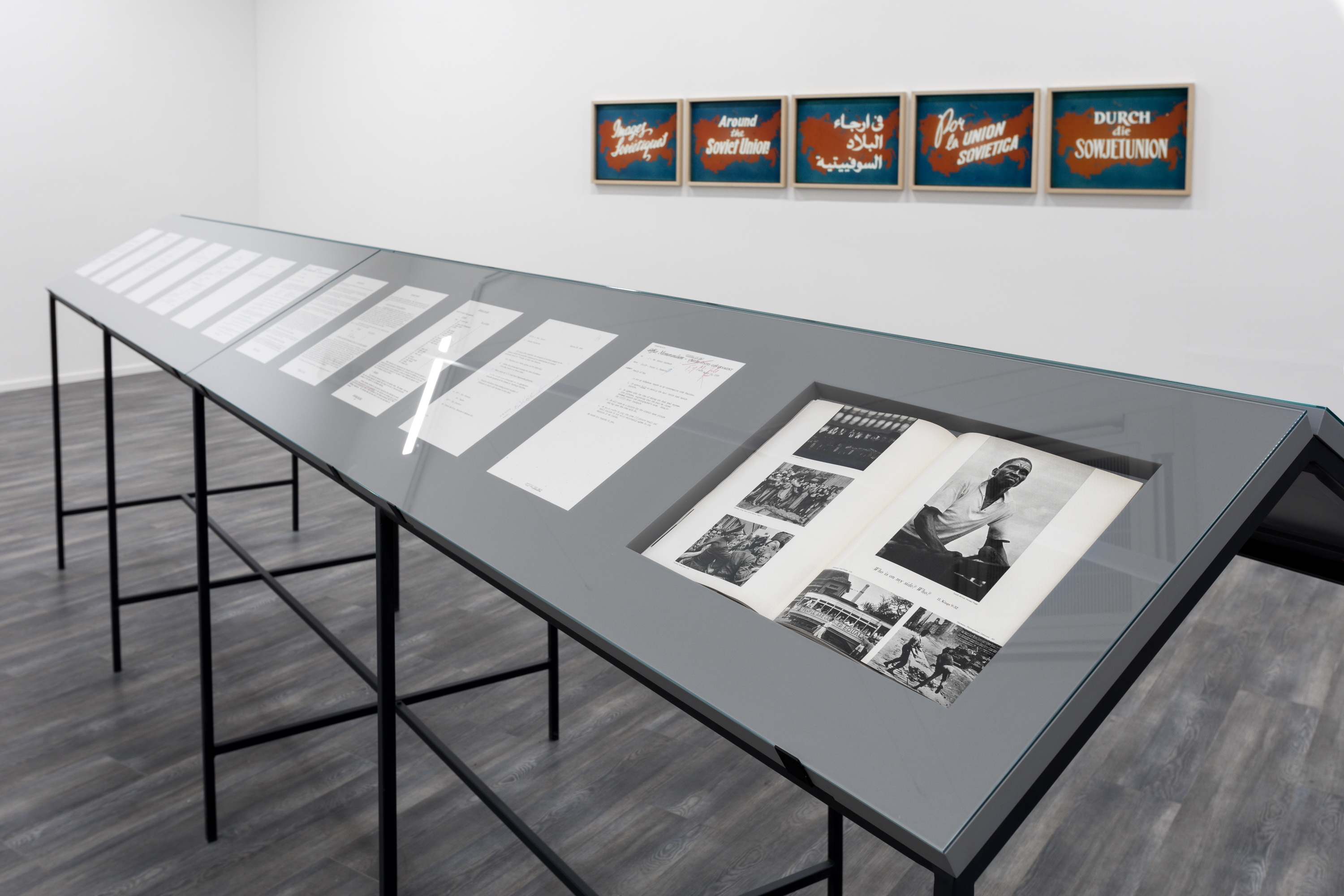

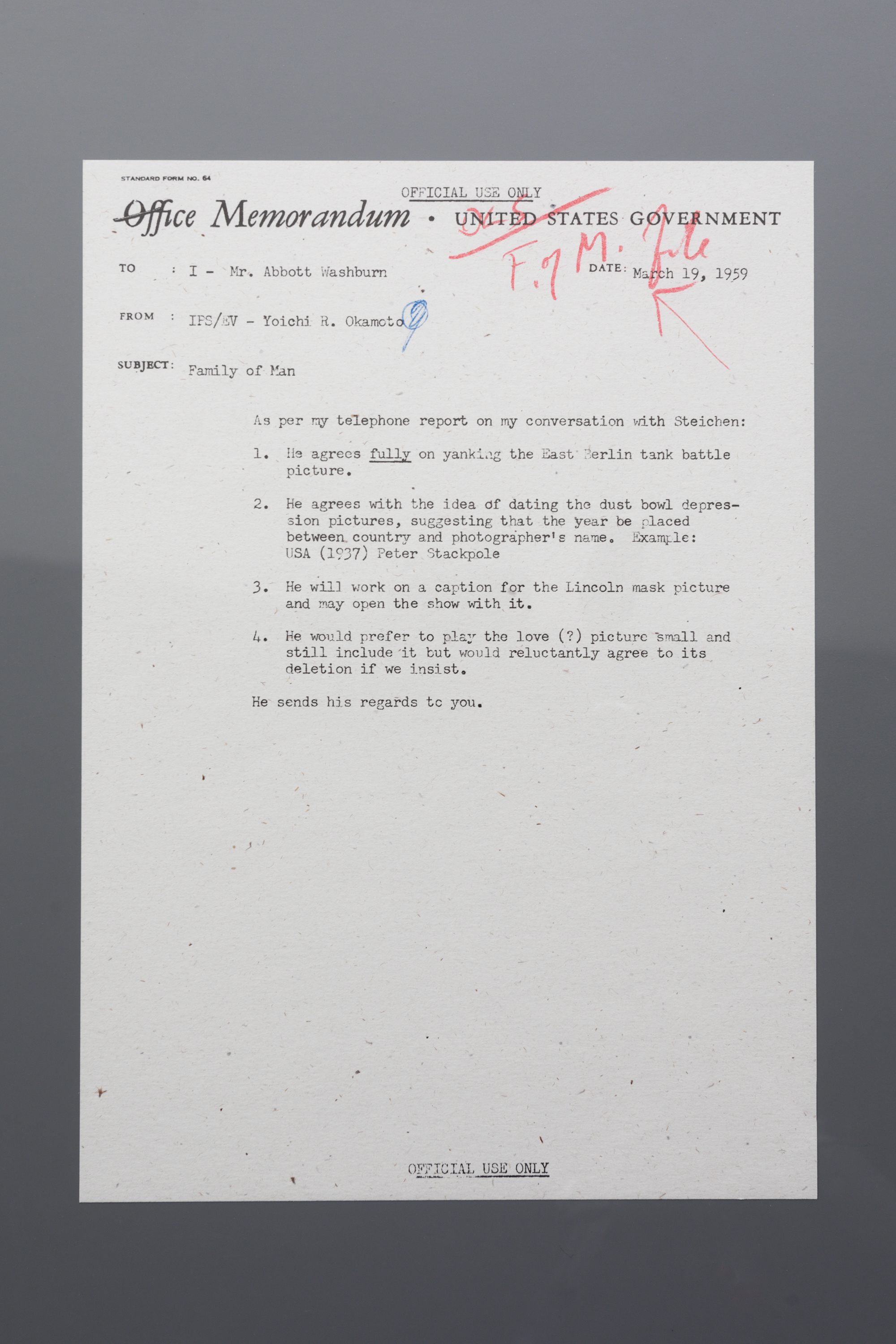
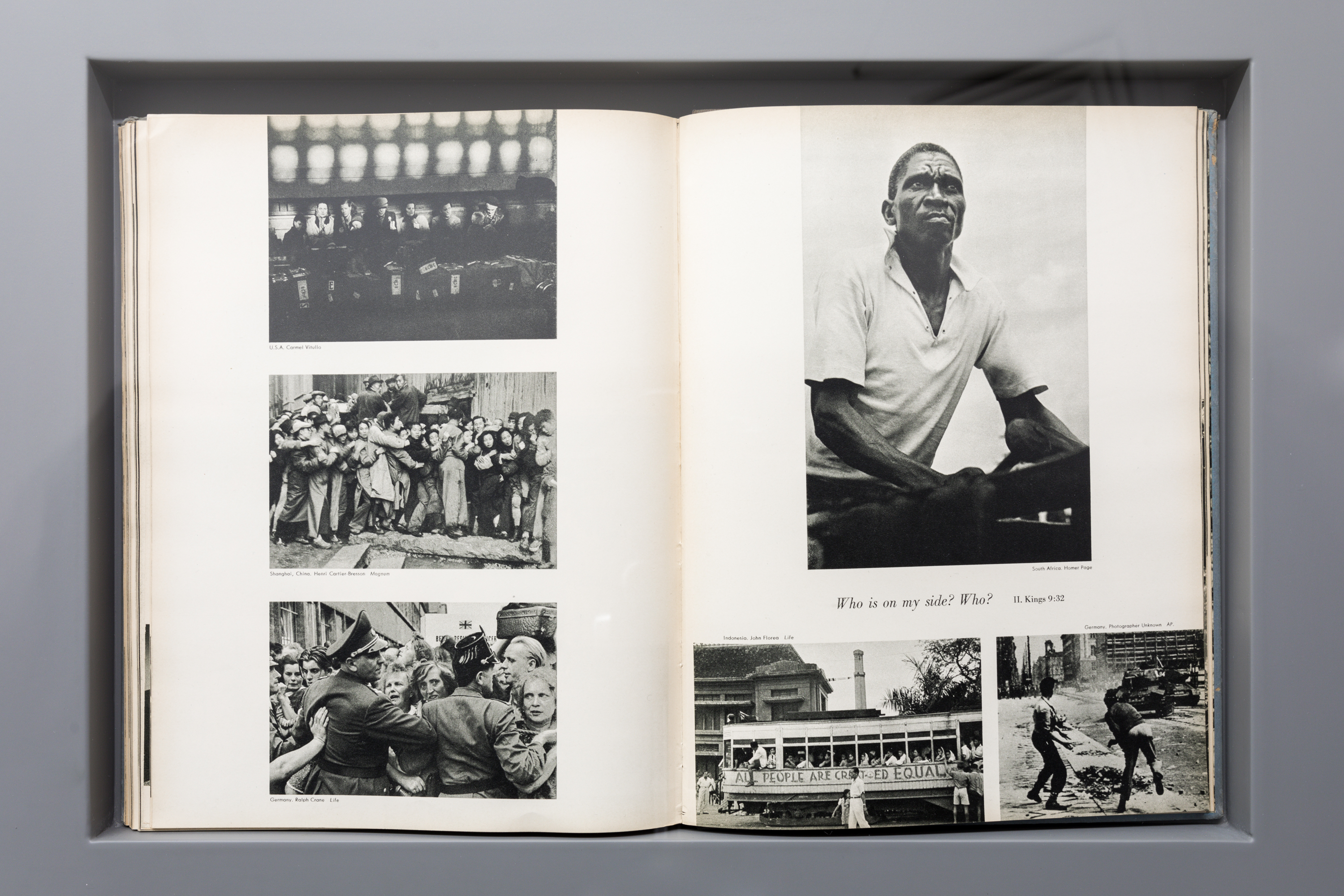
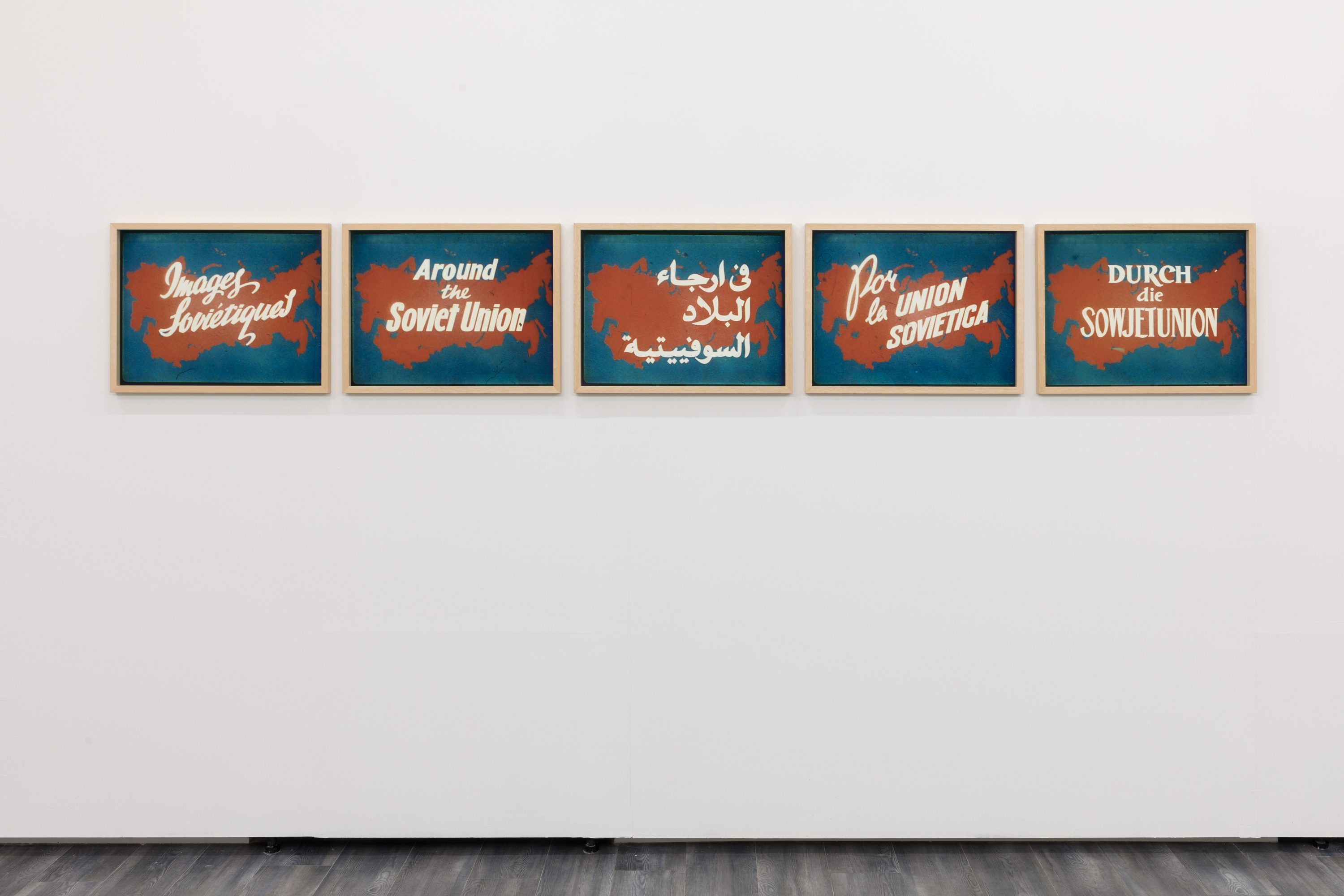



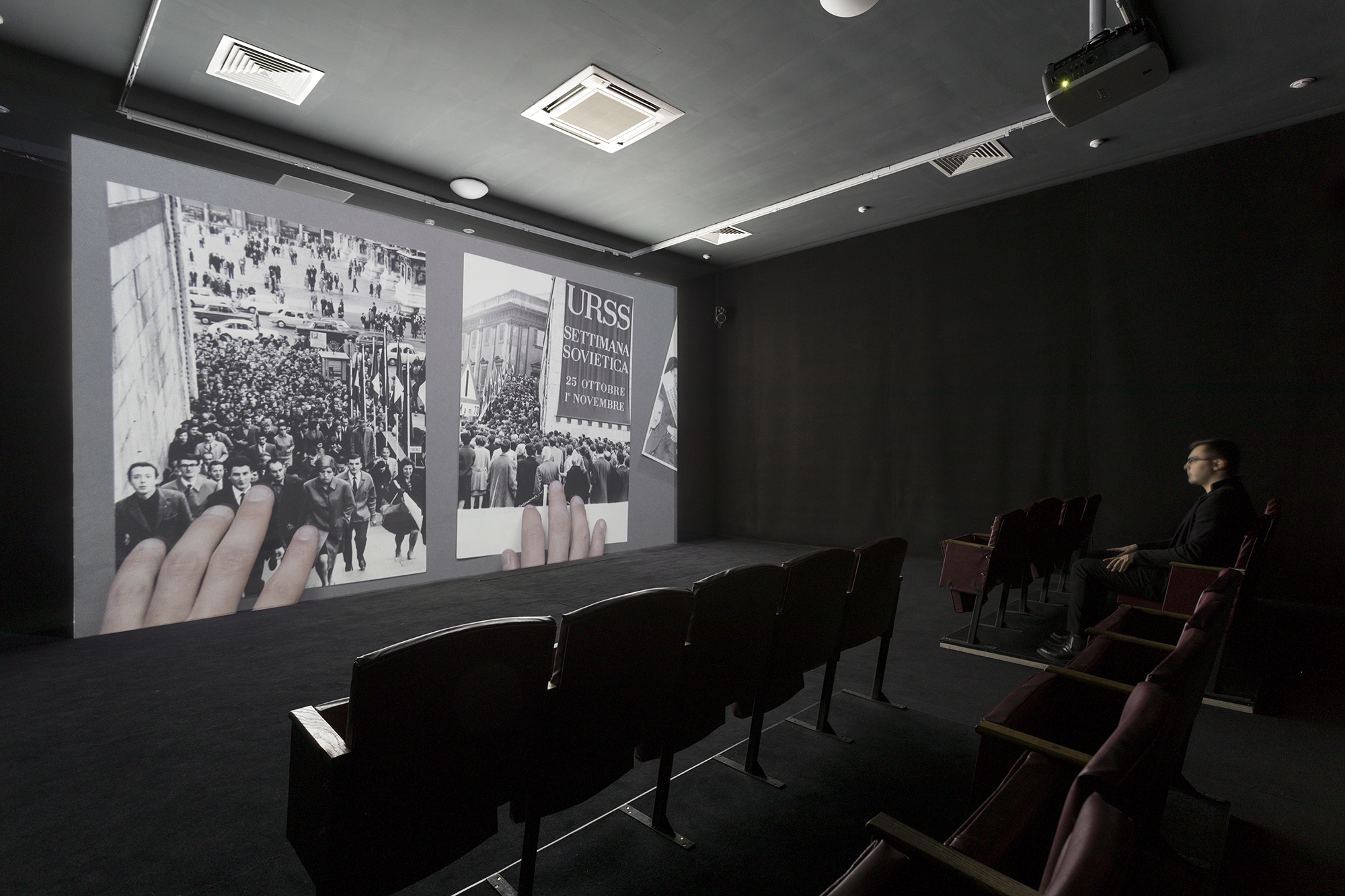
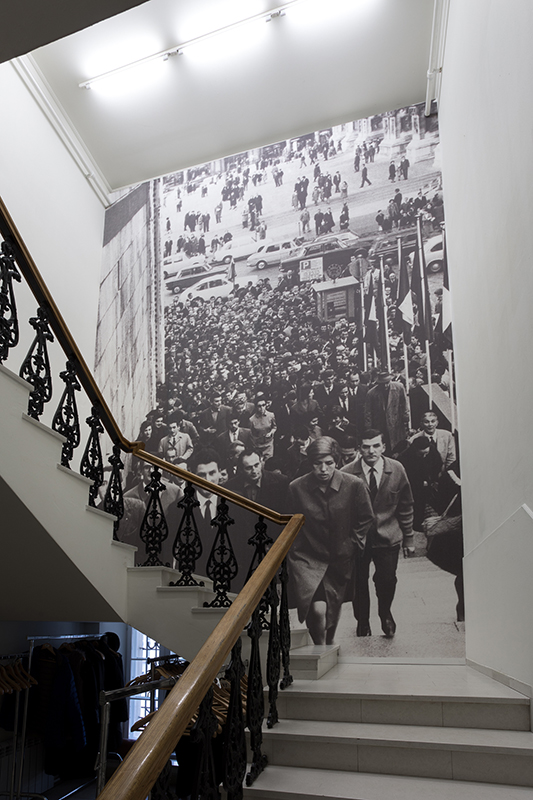

Image Diplomacy
Vladislav Shapovalov
16.11.2017 – 25.01.2018
Museum of Modern Art Moscow with V-A-C Foundation
Curated by Anna Ilchenko
Image Diplomacy is a project focused on the use of exhibition as a political medium. It takes its starting point from the discovery of archives of pre-fabricated photographic exhibitions and a vast collection of 16 and 35mm films sent from the USSR to capitalist countries during cultural Cold War.
The project is formalised as a research exhibition examining the function of images, strategies of exhibition making and the methods of display employed during the ideological struggle between the capitalist and socialist modernities. The main element of the exhibition is the film Image Diplomacy, narrating the history of Cold War “exhibition diplomacy” through the documentary and photographic materials it has left in various European countries, and combining it with the story of the world tour of American The Family of Man exhibition and its presentation in Moscow in 1959.
The project is formalised as a research exhibition examining the function of images, strategies of exhibition making and the methods of display employed during the ideological struggle between the capitalist and socialist modernities. The main element of the exhibition is the film Image Diplomacy, narrating the history of Cold War “exhibition diplomacy” through the documentary and photographic materials it has left in various European countries, and combining it with the story of the world tour of American The Family of Man exhibition and its presentation in Moscow in 1959.
Although the project is historically grounded, it is concerned less with how things actually were than with how they appear in retrospect. The goal is to blast holes in established interpretations of the twentieth century through a series of critical re-enactments, thus freeing up new lines of sight that allow for critical reappropriations of its legacy, and reflections on the current state of relationships between images, politics and society.
"By tracing both optical and curatorial techniques, it presents two similar yet very different regimes of vision on both sides of the Atlantic. The epochal traveling show The Family of Man originally organized by Edward Steichen in 1955, and the international exhibition activities of VOKS (All-Union Society for Cultural Relations with Foreign Countries) are the main focus.
Although these images look homogeneous, they carry different messages. Photography, used in American shows, eliminated temporal distinctions by appealing to universal values such as personal freedom and human rights. Basic human activities were treated as anthropological invariables.
Soviet use of infographics and avant-gardist montage techniques introduced a sense of historicity associated with class struggle and social transformation. This tension between the manipulated and the authentic, the temporal and the spatial, pervades the whole show. The very form of the exhibition sets the chronotope of political subjectivation characteristic of the mid-twentieth century".
– Andrey Shental, Flash Art Magazine, February 9, 2018